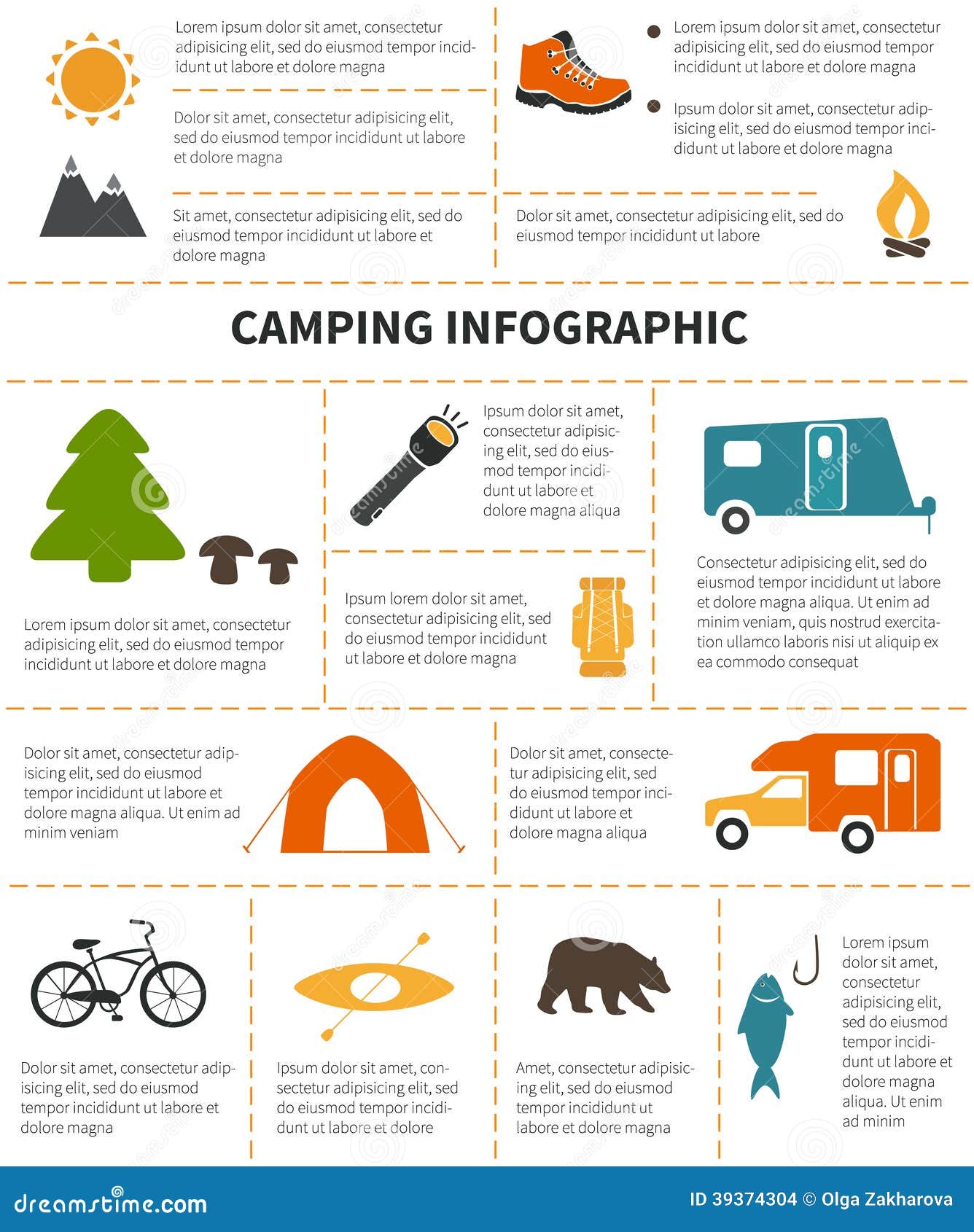Setting up your tent can be a challenging task for even skilled campers. This guide will cover the essentials of pitching a tent properly and safely so you can enjoy your camping journey without stress and anxiety or fear.
Where can I go camping in September?
Begin by setting out your camping tent's footprint and ground sheet to shield your camping tent floor from rocks, sticks, dirt, and other debris. Next off, set up the tent poles and attach them to the edges of the outdoor tents body making use of the proper sleeve or hook.
Choosing the Right Site
When you are worn down after a lengthy day walking, you wish to pitch your tent and get ready to sleep. Yet you must initially walk around the site to ensure it is safe for outdoor camping. Overlook and as much as discover whether any trees have large dead branches that can fall on your outdoor tents. These are often called widowmakers and you don't desire them to go down on you while you're resting.
Likewise make sure to avoid low places that can flood during a storm and to camp far from pet tracks, nests and habitats where ticks and chiggers are most likely to grow. Look for a flat, rock-free spot that allows sufficient for your tent and any other gear you'll be bringing.
Some individuals like to set their tents up so the head end is sharp towards the east to catch the sun's warming rays first thing in the morning. This isn't constantly needed, however it is a nice touch that can help wake you up.
Pitching Tips
It may appear evident, however appropriate tent throwing is among the most essential factors in a good night's rest. Having a practice run in the house will help you acquaint yourself with your tent, locate all the post sleeves and fasteners, and make sure every little thing remains in place. It's additionally a fun time to practice making use of guylines for security and to uncover any kind of broken pieces.
When you get to your camping website, take a look at the terrain to see if it appropriates for your camping tent. A good rule of thumb is to pitch the camping tent on a flat, degree area with a slight downhill angle. This will certainly permit rain to recede from the outdoor tents instead of pooling before it.
If you can't find a degree area, take into consideration placing a tarpaulin or other groundsheet under your camping tent impact to secure it from moisture. This can additionally help maintain dust out of the camping tent.
Utilizing Guylines Effectively
Making use of man lines effectively is vital to making certain your tent or hammock remains protected in high winds and various other poor weather conditions. A person line is a rope or cord that affixes to the ground with loopholes and D-rings in the structure, tarpaulin, or rainfly.
Start by protecting one end of the line to a guyout loop on your camping tent or rain fly, or to the post it's attached to. Then loophole the other end of the line over a risk placed faraway from the structure and tighten it.
Maintaining your shelter's man lines tight will stop sagging or sagging during gusty problems, avoiding wetness from seeping right into the outdoor tents or damage to the framework and enhancing comfort and safety and security during outdoor camping. Constantly check the tension of your individual lines throughout and after adverse weather to ensure they stay safe. In addition, think about loading a guy line tensioner to quickly readjust and maintain the proper quantity of stress in your lines.
Taking Down the Tent
When clearing up right into your campground, locate a place with a flat location and camping tents luxury clear it of rocks and particles. Additionally, be sure to lay down a camping tent impact or tarp somewhat smaller sized than your tent body to avoid water pooling. This assists maintain your outdoor tents dry from rain or condensation and can be particularly practical in gusty areas.
Analyze your equipment, including the camping tent things sacks to make certain absolutely nothing is missing. Check that the poles match their clips and replenish first-aid items if needed.
When it's time to pitch your camping tent, start by orienting the doors downwind, and stake down each corner of the tent. If the ground is loose or sandy, think about spreading out a tarpaulin under your outdoor tents to protect it from wind and decrease the probability of your outdoor tents toppling. Additionally, be sure to use guylines successfully to restrain your rainfly and maintain it taut. A well-pitched tent can stop dripping, condensation, and sunlight damage.
Can I put my tent in the washing machine?
